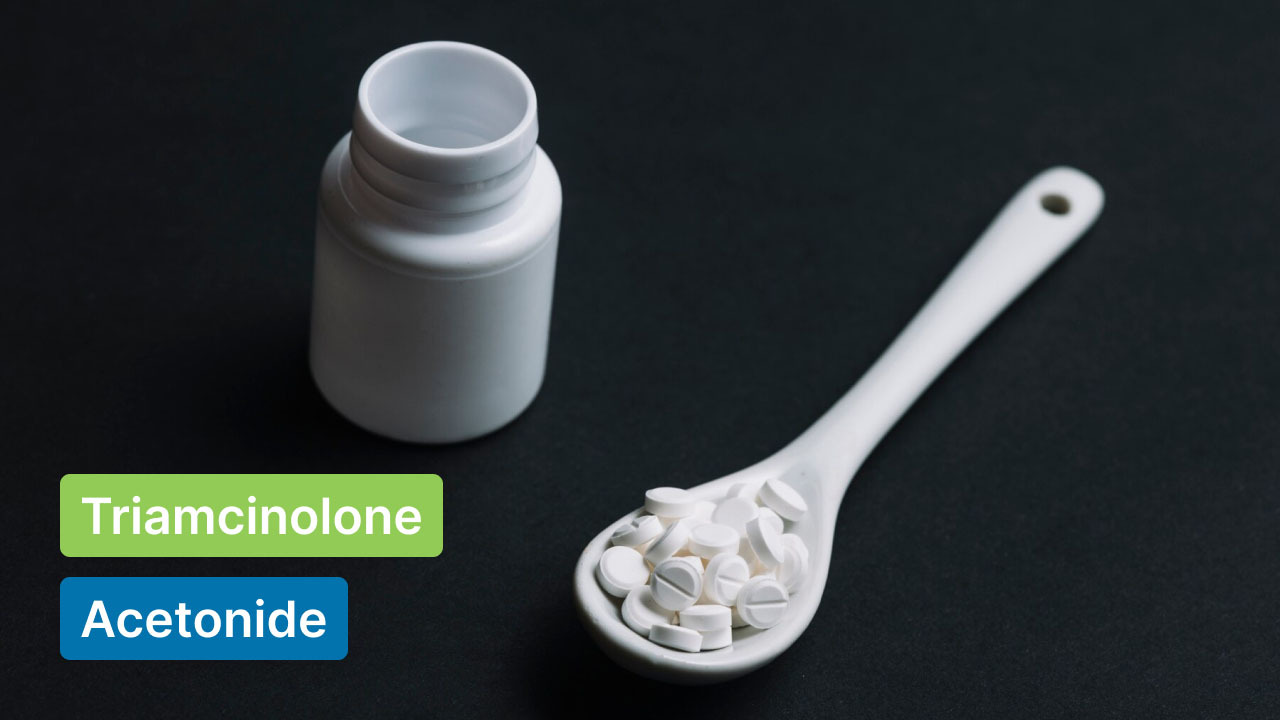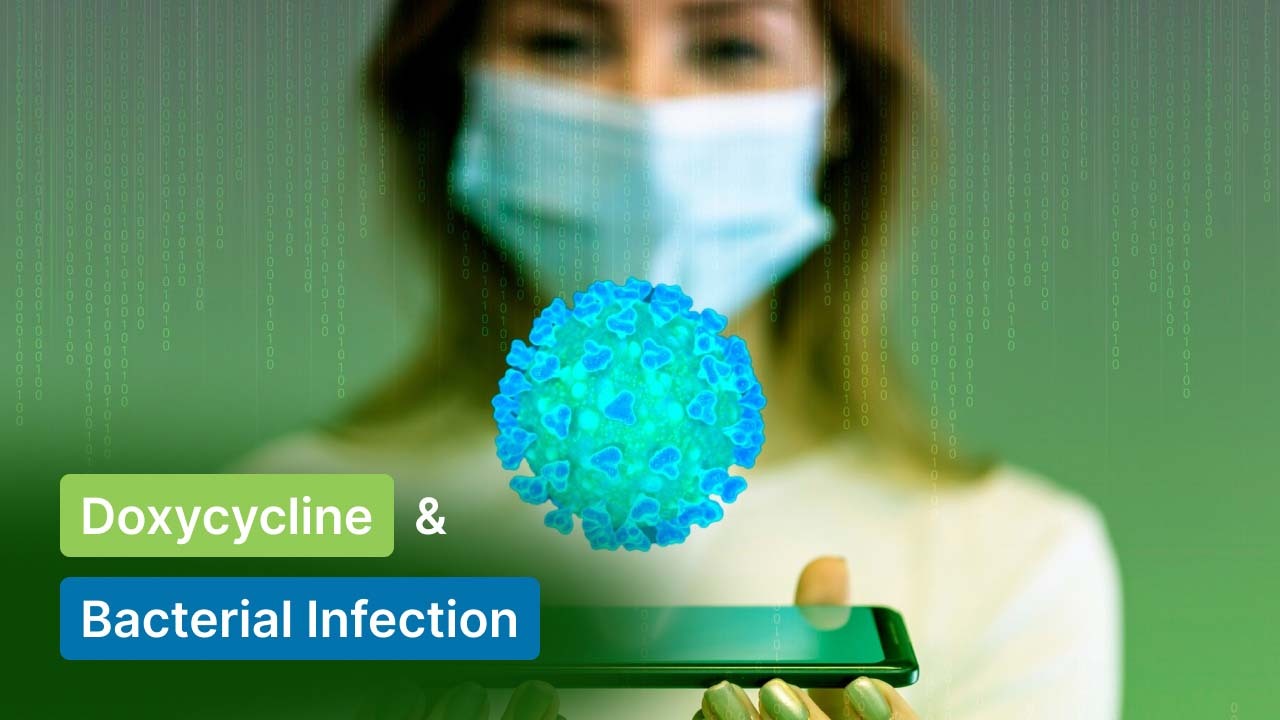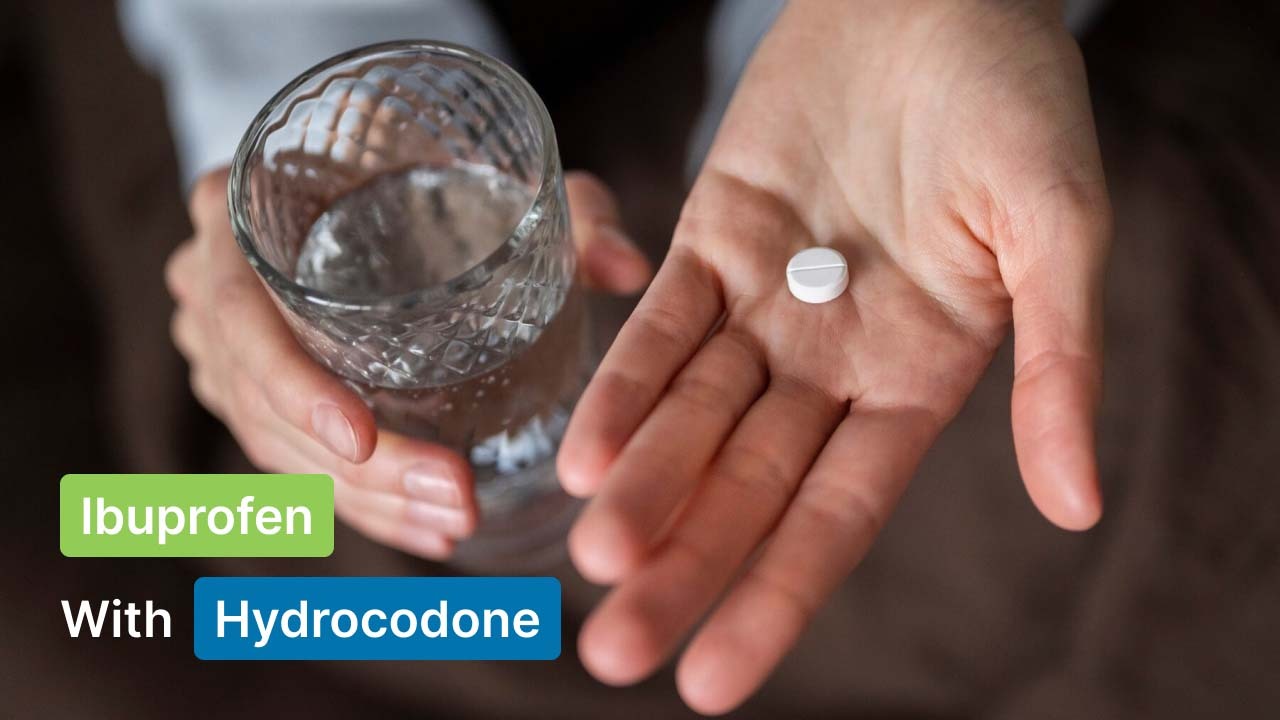
Triamcinolone acetonide is a topical steroid medicine that belongs to a class of drugs called corticosteroids, made for skin usage with medium to strong potency. Physicians prescribe this medicine to solve skin-related concerns like redness, itchiness, or swelling.
Additionally, it is considered one of the suitable methods to treat eczema. This medication is prescribed either in the formulation of cream, injection, tablet, spray, or inhaler, depending on the severity of your symptoms.
However, if this medicine is not taken in considerable amounts, it can lead to topical steroid withdrawal (TSW). So, without further ado, let's know everything about triamcinolone acetonide, including its uses, side effects, and much more.
What Is Topical Triamcinolone Acetonide?
Triamcinolone acetonide is a steroid and an anti-inflammatory drug associated with corticosteroid drugs.
Corticosteroid drugs control the hormones called cortisol, which are produced by the adrenal gland to respond to the body's stress by relaxing an overactive immune system, which may lead to swelling and inflammation.
This medicine heals various skin disorders, like eczema, allergic dermatitis, psoriasis, and urticaria, and other skin-related problems like swelling, itchiness, redness, and mouth-related sores and injuries.
What is Triamcinolone Acetonide Used For?
Triamcinolone acetonide is similar to the hormone cortisol and is a synthetic corticosteroid. This is used for treating symptoms of itching, redness, dryness, and irritation.
The doctor may prescribe triamcinolone acetonide if you have some skin-related conditions or allergies, including:
- Psoriasis
- Eczema
- Dermatitis
- Rashes
Triamcinolone acetonide is marketed as cream, ointment, lotion, liquid, gel, spray and injectable forms. They are applied to the infected skin, muscle, or joint. The form, dosage, and strength depend on the symptoms of the skin condition.
How To Use Topical Triamcinolone Acetonide?
No matter in which form you use the triamcinolone acetonide, there are some things to remember when you use it. Read the below instructions on how to use triamcinolone acetonide:
i). Cream/ointment/lotion
Your dosage schedule will depend on the severity of your condition. To use the triamcinolone acetonide cream, follow the instructions carefully:
- The dosage will depend on the symptoms of your situation.
- Rub a thin cream/lotion/ointment layer on the affected area.
- Remember not to rub the medicine on your eyes. Wash your hands with soap soon after applying the cream.
ii). Occlusive dressing
If one has psoriasis or other symptoms that cannot be cured with treatment, your doctor may advise for occlusive dressing.
iii). Spray
Before spraying, shake it well and spray it 3-6 inches away from your affected area. The spray is flammable, so avoid smoking if you use spray and keep it away from heat or flames.
iv). Dental paste
Apply a thin layer of dental paste on the sores, and do not rub it. Apply this paste for a few days, and if it does not improve, contact your doctor.
How Does Triamcinolone Acetonide Work?
When triamcinolone acetonide works the skin, it performs three actions:
- It decreases inflammatory chemicals causing itching, redness, swelling, and discomfort. It allows the skin to heal fast.
- It can slow down the production of new skin cells, reducing patches in skin conditions like psoriasis.
- For people with sensitive skin, it helps conceal the hyperactive immune response so it does not cause allergies and improves conditions like eczema, promoting healing.
What Are The Most Common Dosages for Triamcinolone Acetonide?
The dosage of this medicine depends on various factors like its form, strength, time between doses, and the duration of medication.
So, visit your doctor, and depending on your symptoms and conditions, the doctor will decide the dosage and formulation. Below is the amount of doses recommended based on their form:
a). Topical
Topical Triamcinolone works best when applied on wet skin, but do not use it on the groin, underarms, or between fingers. It is recommended to use it two to four times daily.
The average strength range of this medicine is .025 to 0.5 percent, and of spray, the strength is 0.147 milligrams per gram (mg/gm), but use as your doctor prescribes based on your symptoms.
b). Nasal Spray
The nasal spray dosage for adults and children above 12 is two sprays daily. To avoid side effects caused by nasal spray, use it minimum. For children below 12 years, one spray is sufficient.
c). Dental Paste
Apply a thin layer of paste on the infected area at bedtime and use it two to three times a day. To avoid grit and crudeness, do not apply on the sore areas.
d). Injections
The dosage of Triamcinolone injections depends on the type it is used. It is used in three forms: intramuscular, intra-articular, and intravitreal.
- Intramuscular injections: These are injected into individuals dealing with severe allergies, arthritis, or skin conditions like psoriasis or eczema that have not responded to topical treatment. The typical starting dose is between 40 and 80 mg, with subsequent injections based on the person's response.
- Intravitreal injections: These are injected into the eyes to treat eye inflammation. The normal dose is 4 mg, but it may range from 1 to 4 mg, depending on inflammation.
- Intra-articular injections: These are injected into the joint to treat osteoarthritis knee pain. The recommended one-time dosage is 32 mg, but consult your doctor for personalized advice.
Side Effects: Triamcinolone Acetonide
Triamcinolone acetonide is a good medicine for skin conditions, but it may sometimes have side effects ranging from normal to severe if used longer.
If the side effects are severe and damaging, like eye pain, breathing issues, and hallucinations, they may require treatment, so visit your doctor immediately. Some of its common side effects include:
- Excess usage can temporarily increase your blood sugar level, which can lead to diabetes.
- Decrease the ability to absorb calcium, causing osteoporosis. It can also decrease the immune system's ability to fight infections.
- Increase the risk of cholesterol, ulcers, and gastritis.
- Excess usage can lead to itching, dryness, scaling, flaking on the skin, oozing, irritation, severe redness, soreness, weight gain, menstrual changes, or swelling of the skin or mouth.
- Using this medicine Increased urination, fruity breath smell, dry mouth, increased thirst.
- It can lead to skin thinning if used on the face or in areas where skin folds.
If children use the excess amount of Triamcinolone acetonide, they can deal with various side effects such as slow growth, headaches, eye pain, or, in some cases, bulging soft spots on the head.
Precautions: Triamcinolone Acetonide
Before starting any medicine, it is important to ask your healthcare provider to take medication under their guidance as they examine the best dosage and strength for you based on your condition.
Your Triamcinolone dosage may vary if you have problems related to the liver, stomach, heart disease, high blood pressure, or diabetes or are dealing with allergies or other corticosteroids (such as hydrocortisone and prednisone). Your doctor will also examine blood circulation and immune system problems.
If you are already taking this medication, do not use it in excess amounts, as it may lead to adrenal gland problems. Also, do not apply cosmetics products while using this medicine.
To check your improvement, fix regular sitting with your doctor, and if symptoms do not go away, consult your healthcare provider, which may require blood and urine tests.
The risk of this medicine is higher in children and/or people who use it longer. Do consult your doctor immediately if you or your child experience symptoms including:
Blurred vision.
- Dizziness or fainting.
- Weight gain, irregular or pounding heartbeat.
- Skin issues like rashes, burning, pricking, swelling, or irritation.
- More thirst or urination.
- Irritation.
- Unusual tiredness or weakness.
For pregnant women, it is advised only to take it when required because some drugs present may affect breast milk when used on the skin.
So, if you take these precautions and follow the guidance of your doctor, there will be less or no chance of dealing with side effects that arise due to triamcinolone acetonide.
Interactions With Other Medications
Triamcinolone acetonide may interact with other prescription medications, supplements, and over-the-counter (OTC) drugs and supplements and may lead to some severe side effects.
However, topical Triamcinolone usually has fewer interactions, but if taken in injected form, it can have adverse effects, too.
So, if you are already taking any medicine, share it with your doctor. Do not start, change, or stop the dosage on your own; take your doctor's consultant. Interaction depends on various factors:
- The triamcinolone form you're taking.
- Other drugs or medicines.
- Age.
- Other health disorders.
How Long Does Triamcinolone Acetonide Stay In Your System?
It can stay in your system for several weeks, depending on how long Triamcinolone acetonide is used. Studies indicate that after topical use of corticosteroid creams, cortisol levels may remain suppressed for up to 96 hours.
In the case of children, they are more susceptible and absorb more medication than adults. So triamcinolone acetonide is not recommended for use for extended periods. Further research is necessary to determine its half-life and how long it remains in the body.
Extended use of triamcinolone acetonide may require withdrawal reactions after 12 months because it may cause:
- Hyperpigmentation (redness or changes in skin color).
- Itching, burning, oozing, or skin peeling, or open sores.
How To Store Triamcinolone Acetonide?
Proper storage of medicine is crucial to maintain its effectiveness. To achieve this, storing the medicine in a well-sealed, closed container at room temperature is advisable.
The container should be kept dry, away from direct light, moisture, and heat. It is also essential to avoid freezing the medicine, as this can harm its quality and efficiency.
Additionally, it is essential not to poke holes in the canister or dispose of it in a fire, even if it is empty. Also, keep this medicine out of reach of children.
If the medicine has expired, do not keep it. You can ask your healthcare provider to guide you on safely disposing of unused or outdated medicine.
User Reviews for Triamcinolone Acetonide Topical
Now, after knowing so much about Triamcinolone Acetonide, let's check what some of the Triamcinolone users give reviews of it:
“I tried this product when my feet were dealing with eczema under the guidance of my dermatologist. My feet got a bright red color and were painful. I apply this cream at bedtime, and it feels well in the morning.
After using it for a week, the redness and itchiness was nearly gone. This cream is so smooth, absorbs the skin very quickly, and helps relieve pain.”
“I started to feel an itchy, dry, and discolored rash during puberty, and it was spreading all over from the neck and thighs to the trunk, buttocks, arms, back, and everywhere except my face.
My doctor prescribed this medication, and within two days, I noticed a positive result. After four days, my condition was 50% better. It is really a good cream.”
Summary
Corticosteroids like Triamcinolone are used to treat many conditions like eczema, psoriasis, and poison ivy rash that an overreaction from your immune system may cause.
The medication is available in several formulations (creams, ointments, lotions, injections, or tablets) that are very helpful for treating skin redness and reducing itchiness and swelling.
It is also available in various strength ranges but is recommended based on your conditions and symptoms examined by your doctor. Include triamcinolone medicine only if prescribed by your doctor to avoid any possible side effects and overuse.
FAQs
- Is Triamcinolone a strong steroid?
Ans: Yes, it is a strong steroid that reduces inflammation and itching caused due to some skin-related problems.
- How long is it safe to use Triamcinolone?
Ans: This medicine is recommended for use for only a few days. Two weeks' dosage is enough to cure skin conditions. However, consult a doctor and ask to increase the dosage if you are not experiencing improvement.
- Where should you not use Triamcinolone?
Ans: Areas with skin folds, like underarms and groin, between your fingers can increase the risk of side effects. Also, avoid using it under the eyes because of thin skin.
- Does Triamcinolone harm the heart?
Ans: People with higher medicine dosages can experience Cardiovascular effects and other conditions like premature atherosclerosis, fluid retention, hypertension, and arrhythmias.
- Does triamcinolone acetonide cream lighten skin?
Ans: Yes, topical steroids can change skin color and cause skin disorders like acne, skin thinning/discoloration, stretch marks, hair loss, etc. If you face such issues, visit your healthcare provider.
Read Also:









